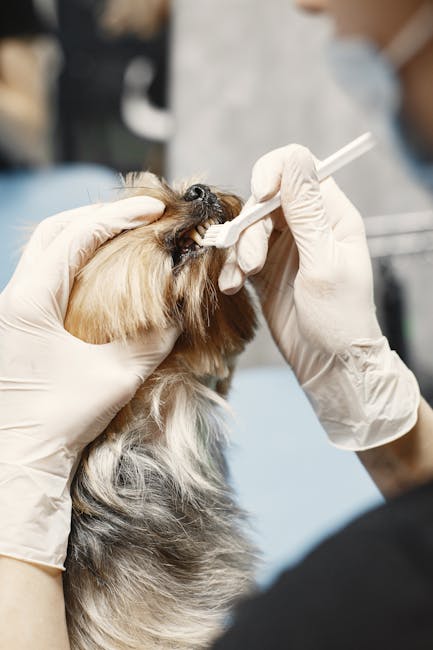The Unwelcome Roommates: Understanding and Eradicating Roaches in Your Home
As you go about your daily routine, you may not always pay attention to the tiny creatures scurrying around your home. However, if you’re like most people, the mere sight of a cockroach can send shivers down your spine. These unwanted roommates can be a significant source of stress and discomfort, especially if you’re not aware of how to deal with them. In this article, we’ll delve into the world of roaches, exploring their habits, habitats, and most importantly, how to get rid of them.
First, let’s start with the basics. There are over 4,000 species of roaches, but only a few are considered pests. The most common types of roaches found in homes are the American cockroach, the German cockroach, and the Oriental cockroach. These pests thrive in warm, humid environments and can be found in almost every region of the world.
So, why are roaches such a problem? For one, they can spread diseases and contaminate food. Cockroaches are known to carry bacteria like E. coli and Salmonella, which can cause serious health issues if ingested. Additionally, their droppings and body parts can trigger allergies and asthma attacks. Furthermore, roaches can also damage property by chewing through insulation, wallpaper, and even food packaging.
But how do roaches get into your home in the first place? The answer lies in their ability to squeeze through tiny crevices and cracks. A single roach can fit through an opening as small as 1/16 of an inch, making it easy for them to infiltrate your home through even the tiniest of openings. Once inside, they can spread quickly, hiding in dark, damp areas like basements, attics, and behind appliances.
So, what can you do to prevent roaches from taking over your home? The first step is to eliminate any potential food sources. Keep your home clean, store food in sealed containers, and take out the trash regularly. You should also eliminate any standing water or moisture, as roaches need water to survive. Fix any leaks, empty standing water from containers, and use a dehumidifier to reduce humidity.
Another crucial step in preventing roaches is to seal any entry points. Caulk cracks and crevices, install door sweeps, and repair any torn screens. You should also consider using natural deterrents like bay leaves, cinnamon, and cloves, which can repel roaches.
But what if you already have a roach infestation? Don’t worry, there are several effective ways to get rid of them. One of the most common methods is to use traps. Sticky traps can capture roaches, while bait traps can lure them in with a sweet or sticky substance. You can also use sprays or powders containing insecticides, but be sure to follow the instructions carefully and take necessary precautions to avoid exposure.
Another effective method is to use heat treatment. Roaches are sensitive to heat, so exposing them to high temperatures can be an effective way to kill them. This method is often used in professional pest control services, but you can also use a hair dryer or a steam cleaner to create a hot environment.
Finally, it’s essential to maintain a clean and tidy home to prevent roaches from returning. Regularly vacuum and mop floors, wipe down surfaces, and take out the trash regularly. You should also consider using a dehumidifier to reduce humidity and eliminate any standing water.
In conclusion, roaches may be small, but they can cause significant stress and discomfort. By understanding their habits, habitats, and most importantly, how to get rid of them, you can take back control of your home and keep these unwanted roommates at bay. Remember to eliminate food sources, seal entry points, and use natural deterrents to prevent roaches from taking over. If you do have an infestation, consider using traps, heat treatment, or professional pest control services to get rid of them. With a little effort and dedication, you can keep your home roach-free and enjoy a cleaner, healthier living space.

